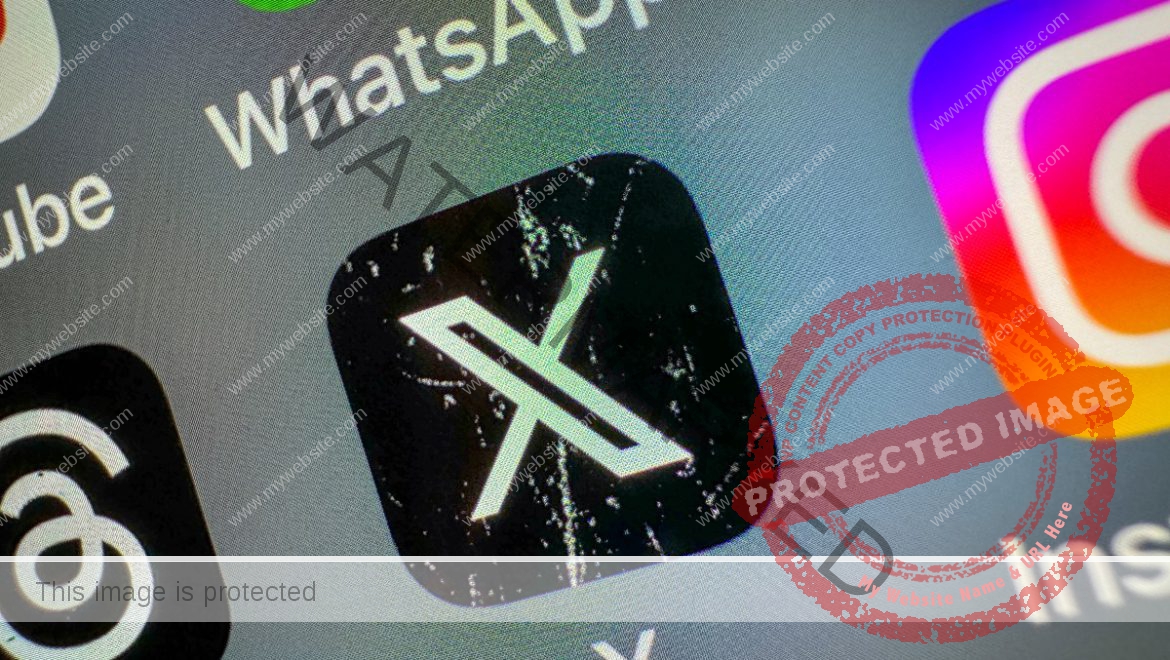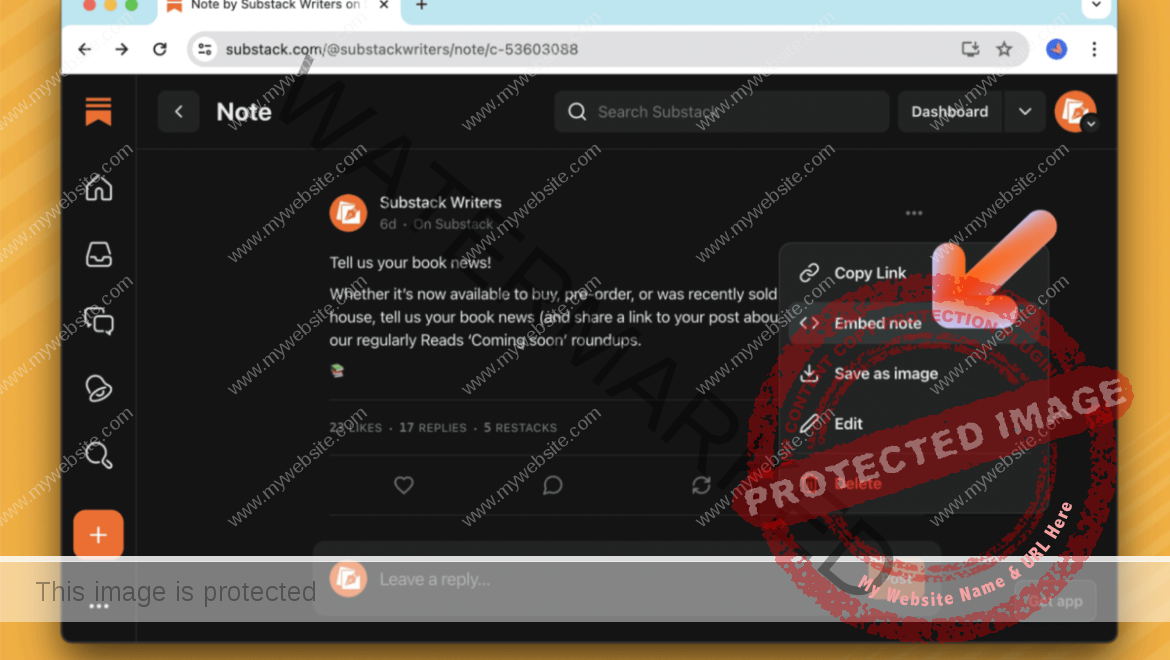Threads. Mastodon. Bluesky. Substack Notes. Post. Nostr. Spoutible. There’s no shortage of X competitors in the months following the acquisition of the text-based social network formerly known as Twitter by Elon Musk. Now you can add one more startup to that lineup: Lyrak, a new X rival that aims to differentiate itself by focusing on real-time news and monetization options for creators, as on X, but with fediverse integrations, similar to Instagram’s Threads.
The fediverse refers to the open source social network of interconnected servers powered by the social networking protocol ActivityPub. Mastodon is the most well-known among the federated social apps, but even Meta has sensed a shift in the direction of the web and built its latest social network, Threads, with an eye toward ActivityPub integrations.
With Lyrak, the plan is to take the best of what Twitter has to offer and combine it with ActiviyPub integration, allowing users to interact with a wider audience on other federated social networks, like Mastodon and others.
That integration isn’t yet live, but the team says it’ll begin the work in a few months. Once live, Lyrak users will be able to see posts from Mastodon users and vice versa.
Founded by London-based web designer and marketer Rishi Siva, Lyrak is named for a lead character in the TV show “His Dark Materials,” Lyra. Siva says Lyra discovers new worlds, and because Lyrak is also striving to build something better, it seemed like a good source of inspiration.
The founder came up with the idea after spending time helping small businesses set up websites so they could make money on the web and attract customers. At one point, Siva also created a Thumbtack-like app, but the COVID-19 pandemic impacted its ability to grow as many local tradespeople were unable to work at the time.
Still, he expresses a desire to help users to better monetize their content and skills online.
“Our lower fees and sharing 50% ad revenue with creators further support this goal,” Siva notes.
By comparison, X doesn’t publicly share its percentage, which can vary based on the type of post, demographics, geography and other factors. Plus, revenue is only earned for ads shown to Verified users (paid subscribers).
Siva is also unhappy with the direction X is going and how it affects creators.
“After Musk took over Twitter, I saw a significant change in the way the platform behaved and the types of accounts it promoted. It’s disappointing to see that all the tech leaders I admire ignored this and still use Twitter [X],” he noted, pointing to the issues around far-right groups and antisemitic content on X’s platform.
However, he admits that Twitter/X still remains the best place for real-time news, which is why it remains sticky with users, despite the changes. Threads, meanwhile, isn’t prioritizing real-time news outside of sports; Siva dubs it “basically a text version of Instagram.”
He thinks Mastodon and Bluesky will ultimately be too complicated for regular users, but Lyrak could benefit from their networks through fediverse integrations. (Technically, Bluesky is not federated with Mastodon because it uses a different protocol, but work is being done to build bridges between the two.)
Lyrak says it will focus initially on getting journalists to join the network, to help it with becoming a real-time social app. To attract them, Lyrak will allow Verified journalists to share content to users’ home feeds based on their interests and offer tools to send them notifications to people who regularly click their links. (The latter is similar to Artifact — RIP — which would alert users to new articles from reporters and writers they followed.)
The startup will also try to attract people who sell digital products, with specific tools launching for this crowd later in May. Creators will be able to offer subscriptions to their followers as well as collect tips.
Another coming feature will involve AI tools, like an answer engine and user-generated AI characters, also planned for May.
The company plans to generate revenue through ads, like X, but also by taking a 10% cut from paid posts, subscriptions, tips, digital products and other AI features, in time.
To route around app store fees, Lyrak’s website will allow users to deposit funds to the app, which they can use to pay creators. (Funds added through in-app purchases will require paying Apple its 30% fee, however.)
Another idea, borrowed from sites like Reddit, is a reputation score that will reflect the value a user brings to the community through their comments, reposts, likes and inviting others to the platform. This will be combined with AI moderation efforts and human moderators to keep the app safe, the team promises.
“After our initial launch and a couple of weeks of bug fixes, we plan to regularly release new features,” Siva said. “The advantage of being a startup building a social app is that we have a fresh perspective on things. We’re not stuck in the old ways of thinking, which allows us to innovate and create features that truly benefit our users.”
Lyrak is being built by a team of five, most of whom are based in London. (The fifth person is soon moving to London, too.) The startup is currently bootstrapped and available for download on iOS.

















